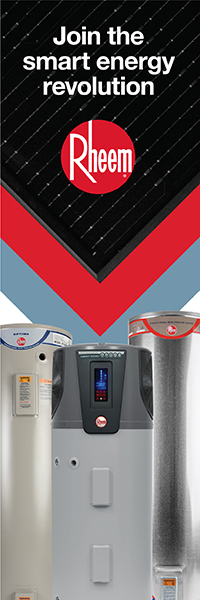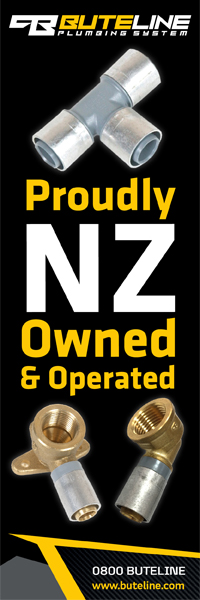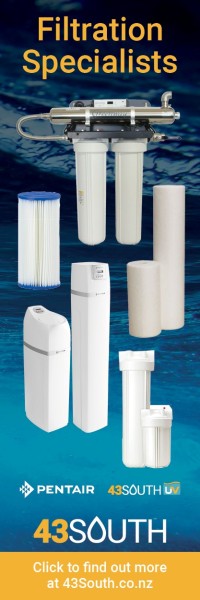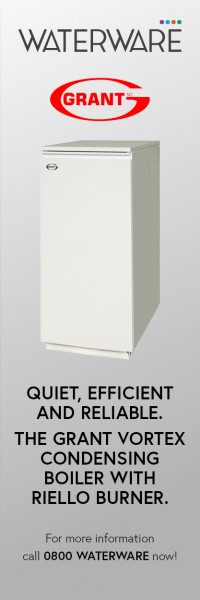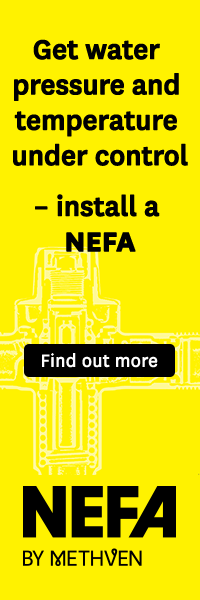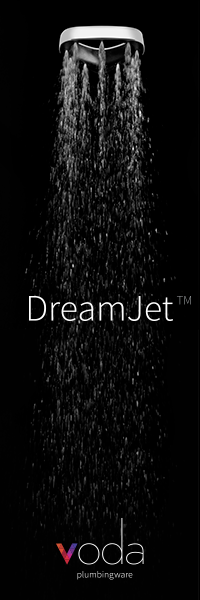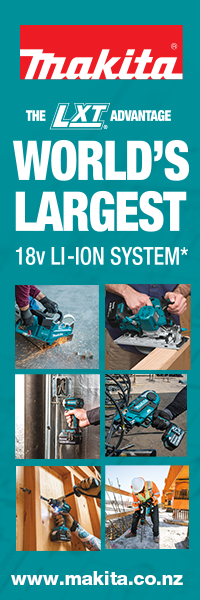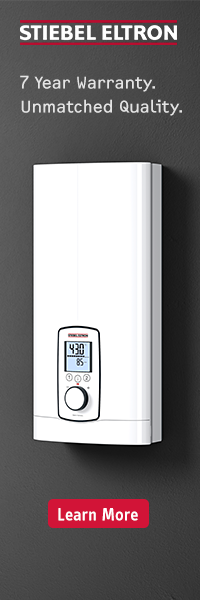Working safely with engineered stone
24 June 2020
WorkSafe New Zealand would like to ensure that trade professionals are aware of the risks of working with engineered stone benchtops, used primarily in bathrooms and kitchens.
Health risks of silicosis
Silicosis is an irreversible and progressive disease that causes fibrosis of the lungs from the inhalation of respirable crystalline silica (RCS). RCS is produced when engineered stone (which contains up to 95% crystalline silica) is cut, ground, drilled or polished. The majority of the dust particles making up the RCS are too small to be seen with the naked eye, however the fine particles are often associated with larger-sized particles that are visible. In addition to accelerated silicosis, exposure to RCS can also cause lung cancer, chronic obstructive pulmonary disease (COPD) and kidney disease.
Confirmed cases of silicosis, associated with engineered stone benchtop work, have been identified in Queensland, Australia and in the vast majority of cases, the workers displayed no symptoms. Many of these cases have been consistent with accelerated silicosis – a form of the disease that develops over a short period (1 to 10 years) due to the inhalation of very high concentrations of RCS. The prevalence of the disease in New Zealand is currently not known, but WorkSafe wishes to raise awareness of the risks to health of working with engineered stone and of the controls that should be used to ensure this work can be done safely.
The finished benchtops themselves do not present a risk to health once they are installed, provided they are not cut, ground, drilled or polished. Those at risk of exposure to RCS include:
- Workers who fabricate these benchtops without adequate controls in place (WorkSafe has already engaged with the engineered stone benchtop fabrication industry to raise awareness); and
- Others who may modify the benchtops as a part of the installation process OR, to accommodate new fittings such as cooktops, into existing engineered stone benchtops.
How to protect yourself
If a tradesperson is uncertain about whether or not a benchtop is made from engineered stone, they should, so far as is reasonably practicable, find this out by asking the principal contractor, designer, or homeowner. Where uncertainty remains, it should be assumed that the benchtop is made from engineered stone, and appropriate controls implemented as discussed in the resources below. It is noted that benchtops made from other stone materials (such as granite) still contain crystalline, albeit at lower concentrations than in engineered stone, so the same controls can be used to minimise exposure to RCS.
The following guidance material is available on the WorkSafe website, and it covers what silica dust is, and how the risks of exposure can be effectively controlled.
- Safety Alert on accelerated silicosis
- Controlling dust with on-tool water suppression
- Controlling dust with on-tool extraction
- Silica dust in the workplace
- Information for workers on controlling silica dust
WorkSafe is also working with the industrial and commercial vacuum industry to develop guidance for those wishing to use vacuum methods to remove hazardous dusts, such as RCS. Once completed, this will be made available on the WorkSafe website.
WorkSafe is supporting the New Zealand Occupational Hygiene Society (NZOHS) with the development of the “Breathe Freely New Zealand” (BFNZ) programme. The website (www.breathefreely.co.nz) will be launched in early July 2020 and guidance material on that site includes material developed for specific trades (including stonemasons, plumbers, carpenters/joiners, electrical engineers/fitters) as well as more general material on crystalline silica. WorkSafe encourages individuals and organisations to access BFNZ resources as they complement the material from WorkSafe New Zealand, listed above.
Individual trade professionals should become aware of the issues and the control strategies available to minimise the likelihood of workers being exposed to RCS.

